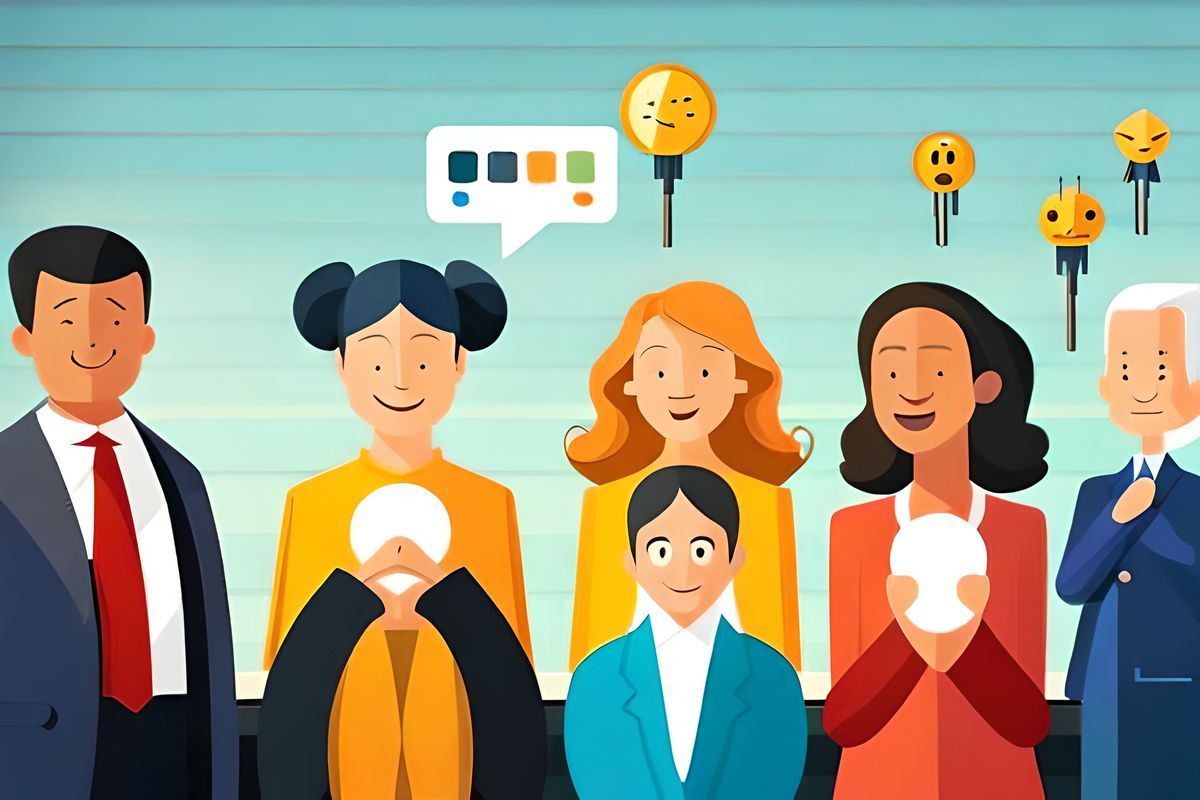When humans tried to express their feelings in writing 5,500 years ago in Mesopotamia (present-day Iraq), it was mostly in pictorial signs. It indeed evolved into complex writing systems but the basics of these ancient pictorial signs to express feeling found a way through emojis in this modern AI-enabled digital age.
Have you ever wondered why people use emojis in their digital communications? Emojis have become an integral part of our online interactions and for good reason.
They help us translate emotions fast and efficiently, add nuance and context to our messages, help us connect with others, and add a touch of joy to our conversations.
The foremost reason that people use emojis is that they provide a quick and easy way to express emotions.
According to ExpressVPN, there are currently over 3,600 emojis available on almost every device and platform, and 95% of internet users have used an emoji at some point in their life.
Instead of taking the time to type out a message to explain how we’re feeling, we can simply select an emoji that describes our mood.
This can be especially helpful in fast-paced conversations where time is of the essence.
The origin of emojis dates back to the late 20th century, emerging as a solution to the limitations of text-based communication in expressing emotions.
In the beginning, there were emoticons. For the most part, these came of age as the 🙂 and 🙁 and 8-D of chatroom conversations in the 1990s.
Wired explained that in 1999, Japanese artist Shigetaka Kurita pioneered the creation of the first set of 176 simple, pixelated icons, initially intended for usage on early mobile phones.
Drawing inspiration from manga and kanji characters, Kurita’s icons included smiley faces, weather symbols, and common expressions.
These rudimentary yet revolutionary visual elements quickly gained popularity in Japan and gradually circulated worldwide, evolving into the diverse and expressive array of emojis we use today.
But what drives people to use emojis, and why have they become such a universal language in the digital realm?
Let’s dive into the captivating world of emojis and explore the reasons behind their widespread use.
1. Emotional Enrichment: Beyond Words
Human communication has always relied on both verbal and non-verbal cues to fully convey meaning.
Emojis bridge the gap between these two realms by allowing individuals to improve their messages with emotional context that might be missing from plain text.
A simple smiley face or a heart emoji can transform a sentence, infusing it with warmth, affection, or humor that words alone might struggle to capture.
Even a slight variation of color to the same emoji can change the emotion and underlying expression, e.g., yellow heart emoji and black heart emoji.
2. Visual Communication: Universality Across Languages
Emojis have managed to break through language barriers with their universal visual appeal.
While languages differ around the world, emotions and expressions are universally understood. Emojis enable individuals from various linguistic backgrounds to communicate effectively, even if they don’t share a common spoken language.
A “thumbs up” or a “crying face” emoji can convey approval or sadness without the need for translation.
3. Efficiency and Brevity: Conveying More with Less
In our fast-paced digital world, where attention spans are often limited, emojis provide a shortcut to conveying complex emotions or ideas quickly.
A single emoji can outline a sentiment that might otherwise demand a sentence or two. This efficiency is especially valuable in contexts like texting or social media where character limits apply.
4. Emotional Nuance: Adding Depth to Text
Text-based communication can occasionally lack the nuance and tone that in-person interactions offer. Emojis act as emotional cues, allowing individuals to clarify their intent and avoid misunderstandings.
For instance, a playful wink emoji can signify a lighthearted tone, preventing a message from being misinterpreted as sarcasm.
5. Cultural Expression: Emojis as Digital Symbols
Emojis don’t just convey emotions; they also represent cultural symbols and references. People use emojis to showcase their interests, celebrations, and affiliations.
From the 🌍 emoji to demonstrate wanderlust, to 🎉 emoji to signify celebration, these icons become a form of cultural expression in the digital landscape.
6. Evolution of Language: A New Visual Vernacular
Language is constantly evolving, and emojis are evidence of this evolution.
They’ve become a new dimension of communication, particularly among younger generations who’ve grown up in the digital era.
Emojis have integrated themselves into modern communication, enriching written language with a dynamic visual vernacular.
7. Emotional Impact: Leaving a Lasting Impression
Emojis can make messages memorable and leave a lasting emotional impact.
A well-placed emoji can make a message more memorable, invoking positive feelings and connection. In business and personal contexts alike, emojis can help establish rapport and foster genuine communication.
The use of emojis transcends their status as mere digital icons. They’ve become a dynamic form of communication, fulfilling a range of functions – from conveying emotions to bridging linguistic gaps.
So the next time you add a smiley face or a thumbs up to your message, remember that you’re partaking in a digital language that has reshaped how we express ourselves in the digital age.



